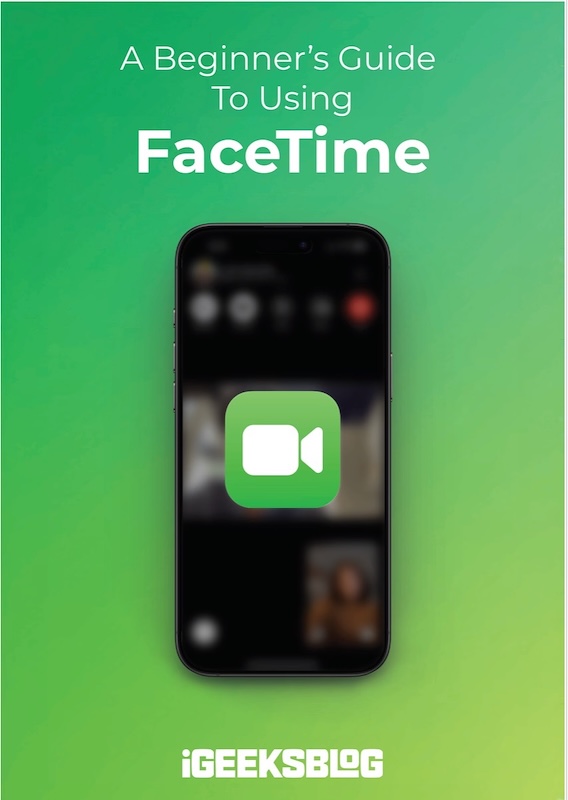
FaceTime Like a Pro
Get our exclusive Ultimate FaceTime Guide 📚 — absolutely FREE when you sign up for our newsletter below.

FaceTime Like a Pro
Get our exclusive Ultimate FaceTime Guide 📚 — absolutely FREE when you sign up for our newsletter below.
Apple has officially responded to the DoJ’s antitrust lawsuit, pushing back against claims of monopolistic behavior and defending its control over iPhone features.
Apple has issued a formal response to the U.S. Department of Justice’s (DoJ) sweeping antitrust lawsuit, arguing that the case misconstrues competition and could grant regulators excessive control over product design and innovation.
In its filing, Apple claims the DoJ’s approach would set a troubling precedent, one that could ultimately allow the government to dictate how tech companies build and run their platforms. The company insists this undermines what makes the iPhone distinct in an increasingly saturated global market.
Filed in March 2024, the DoJ lawsuit accuses Apple of illegally maintaining a monopoly in the smartphone space. The government highlights five main areas where it believes Apple stifles competition:
According to the DoJ, these practices collectively entrench Apple’s dominance and harm both consumers and competitors.
Apple counters that many of these issues are already outdated or resolved. With iOS 17.4, the company allowed mini-game bundles and cloud gaming apps. It has also started supporting RCS to improve cross-platform messaging and, with iOS 18.1, opened up NFC capabilities to third-party payment services.
Apple claims that the underlying complaints fueling the lawsuit originate from a small group of developers affiliated with “well-funded competitors” who seek to “free-ride on Apple’s technology.” The proposed remedies, according to Apple, would undermine the security, privacy, and usability that set the iPhone apart.
According to Apple:
Antitrust laws do not impose upon Apple a duty to design its product in a way that would better serve its rivals at the expense of consumers.
At this point in the process, Apple’s response largely serves to refute the DoJ’s accusations line by line, a standard move at this stage. The case will now advance to the discovery phase, followed potentially by summary judgment or a lengthy trial and appeals process.
Meanwhile, Apple has already begun shifting its App Store rules, including allowing links to external payment systems. These policy updates could complicate the DoJ’s arguments by signaling ongoing change.
Should regulators shape how tech firms build their ecosystems? Tell us what you think in the comments.
Don’t miss these related reads: